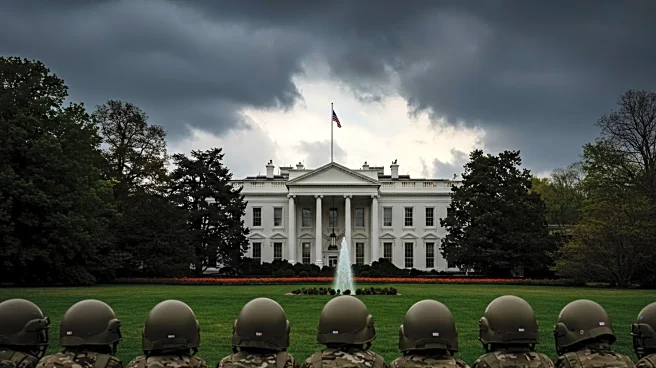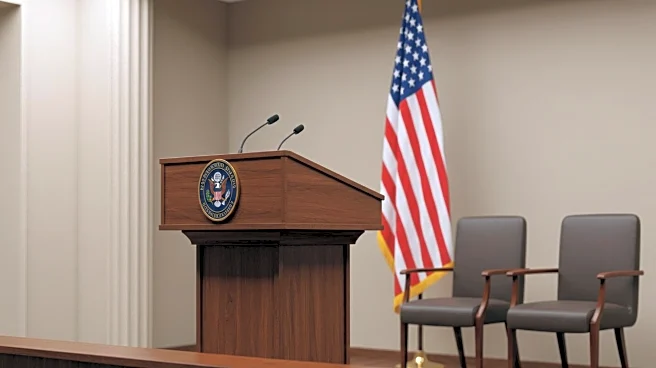What is the story about?
What's Happening?
President Trump has intensified his focus on crime in major U.S. cities, including Washington DC, by deploying the National Guard and advocating for increased militarization of law enforcement. This move has sparked debate over the effectiveness of such measures in addressing crime and violence. Critics argue that the administration's approach undermines community-based violence prevention efforts, which have shown success in reducing crime through local engagement and support. Advocates emphasize the need for investment in infrastructure and community programs rather than solely relying on law enforcement.
Why It's Important?
The Trump administration's emphasis on law enforcement as the primary solution to crime has significant implications for urban communities, particularly those with high crime rates. Critics argue that this approach fails to address the root causes of violence, such as poverty and lack of community support. The reduction in funding for community-based violence prevention programs could hinder efforts to lower crime rates and support victims. The debate highlights the ongoing struggle between punitive measures and preventive strategies in U.S. crime policy, affecting cities with diverse populations and complex social challenges.
What's Next?
The future of crime prevention in U.S. cities may depend on the balance between federal policies and local community efforts. As the Trump administration continues to push for increased law enforcement presence, community leaders and advocates are likely to intensify their calls for investment in preventive measures. The impact of funding cuts on community programs will be closely monitored, and cities may seek alternative sources of support to sustain successful initiatives. The ongoing dialogue between policymakers and community groups will shape the direction of crime prevention strategies in the coming years.
Beyond the Headlines
The debate over crime prevention strategies raises broader questions about the role of government in addressing social issues. The focus on law enforcement versus community investment reflects deeper societal divides and challenges in achieving equitable solutions. The effectiveness of community-based programs in reducing violence suggests a need for a more holistic approach to crime prevention, incorporating social, economic, and educational factors. The discussion also touches on issues of racial equity, as many affected communities are predominantly Black and Latino, highlighting the importance of inclusive and culturally sensitive policies.
AI Generated Content
Do you find this article useful?












